A couple of days ago, I was rewatching Jiro’s Dreams of Sushi (2011.) An hour and a half flew by unnoticed as if I really visited a sushi bar. I felt short-grain rice and wasabi in my mouth.
And then I thought: How does the director convey to us the taste and smell from the screen? What techniques does he use? How to show invisible things in movies?
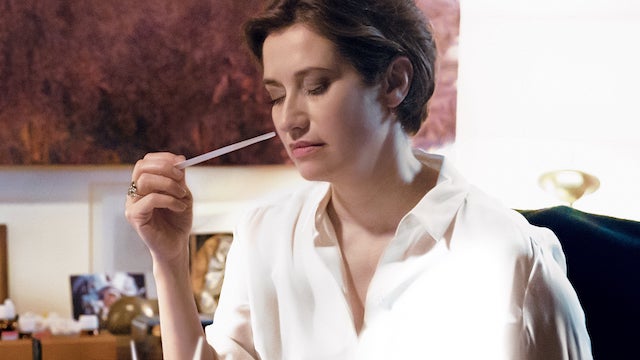
How to show smell in cinema?
Scents do not play a major role in cinema, except when a smell is extreme or an episode is built around it. But rest assured, the film’s director has a few tricks to aid him.
Describe smell and taste in words.
It is a simple but very effective trick. Here comes my favorite example from the Twin Peaks series about special agent Dale Cooper and his passion for coffee. Cooper loves to drink coffee as black as midnight, hot as hell and sweet as love.
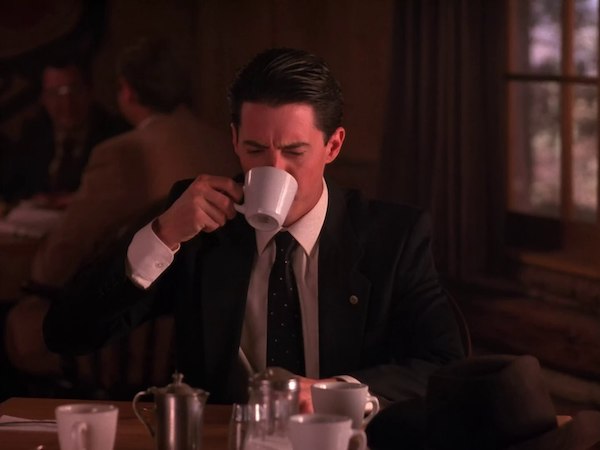
Or
Diane, never drink coffee that has been anywhere near a fish.
Dale Cooper
Also another one almost every person could relate to
Nothing beats the taste sensation when maple syrup collides with ham.
You can see the reaction of the hero.
Heroes pinch their noses, recoiling from something unpleasant or sniffing the air with closed eyes. You don’t need to go far for examples; all films about the Middle Ages and crime movies are full of this. In the film Sunshine Cleaning (2008), two sisters clean up murder scenes, and their faces perfectly convey the stench of a visit. They did a great job showing what smells can be there.
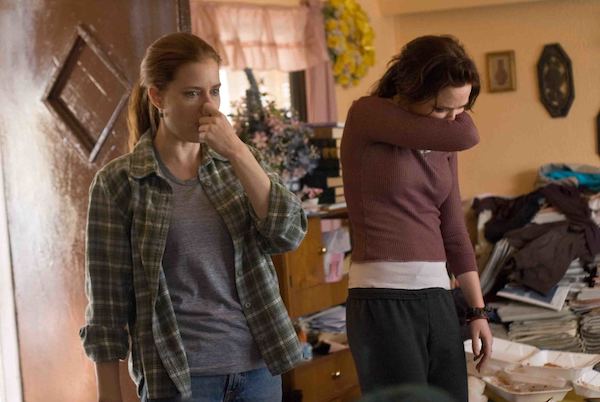
Wide shots help to bring the smell and texture of the subject.
You can see this in many films, but Perfumer: The Story of a Murderer (2006) is undoubtedly the standard. Together with the hero, you will smell rotten fish, fresh pork, spices, bread, and even a beautiful girl. Everything smells in this film!
Fast cut frames with a large image of one object.
This technique echoes the previous one, but here you see several angles of one thing, which helps you compose its smell. For example, when Grenouille smells an apple tree in the film Perfumer, you see first a tree branch, then a leaf, and then an apple. And when Jean-Baptiste notices a beautiful girl, you spot first her shoulder, then her arms, and then the plums she is carrying. It is how the director shows the components that make up the fragrance for Grenouille.
You are shown something familiar.
With this technique, the filmmakers allow you to recall the aroma and taste in a second. A good example is the cornbread for John Coffey in The Green Mile. I am sure that every American, just seeing the color and shape of the loaf, immediately felt cornbread’s soft and fragrant taste. We see how the mouse immediately ran in and began to sip its nose to enhance the sensations in the frame. “Oh, John, I smell this fragrance even from over here. I surely know.”: Mr. Jingles says.
You are given visual cues.
For example, in the movie The Four Hands Game, the hero of Jean-Paul Belmondo brings a fainted beauty to life with the help of Chanel n 5 perfume. We see the bottle in his hand, and everything becomes clear.
The images.
In the cartoon Ratatouille 2007, fireworks go off in the rat’s head when he tries a delicious dish. Also, a compelling image of the smell was created in Twilight when Edward says to Bella: “Your scent is like a drug to me, like my own personal brand of heroin.”
If the film touches you, you put yourselves in the hero’s shoes and unconsciously imagine the smell, flavor and touch.
Let’s remember the 9 1/2 week sensual food scene. There is everything here: the closed eyes of the heroine, which symbolize the unknown and surprise for you, food marks on her face and clothes you can relate to, and different familiar tastes and textures. And, of course, your imagination works to its fullest. It is the power of cinema!
ALSO READ
Guess Who? 15 Directors With Distinct Styles.
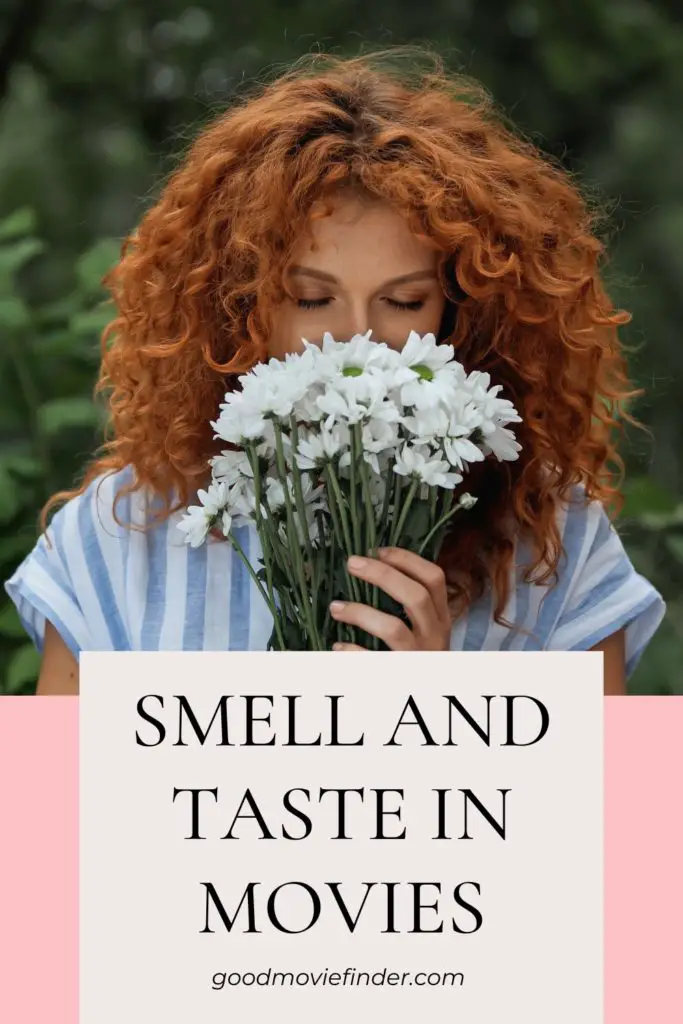
Final words.
I am finishing this post and truly want a cup of coffee with a croissant like in Breakfast at Tiffany’s (1961.) What do you imagine? Write below in the comments.
Share this blog post if you enjoyed it. I would appreciate it!
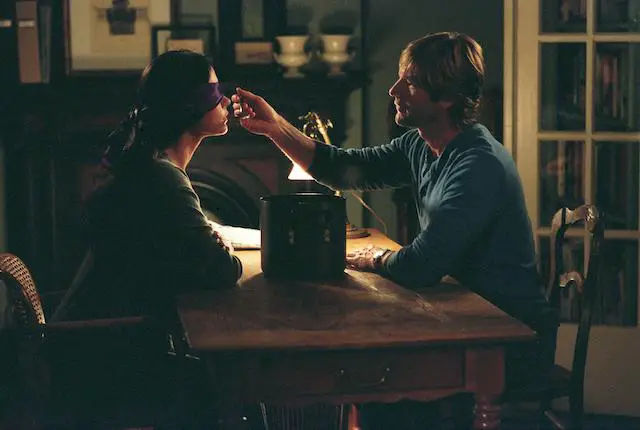
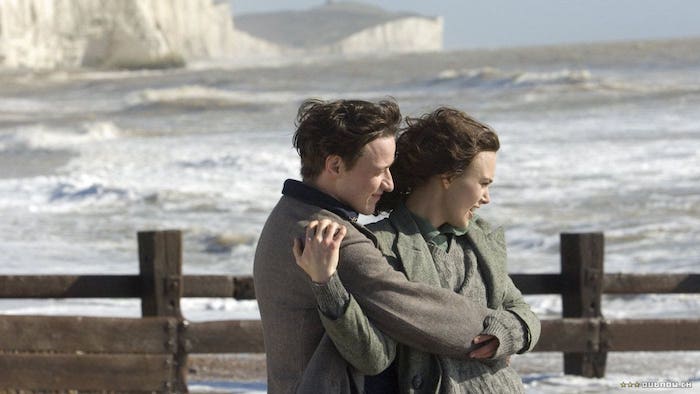
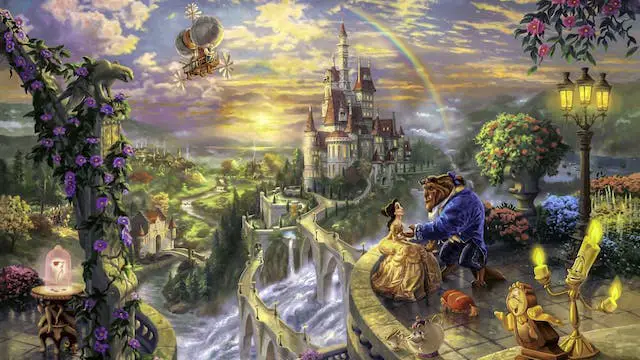


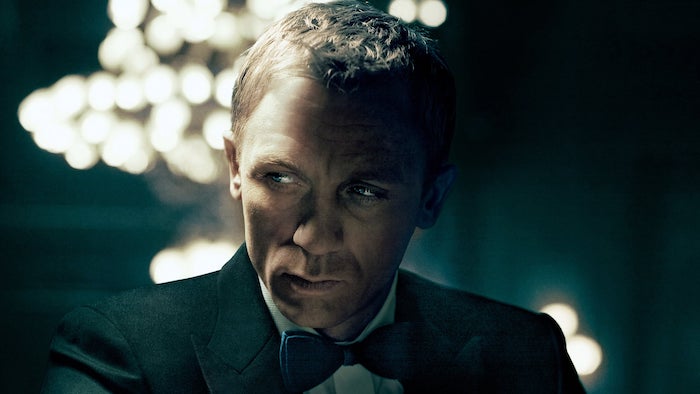
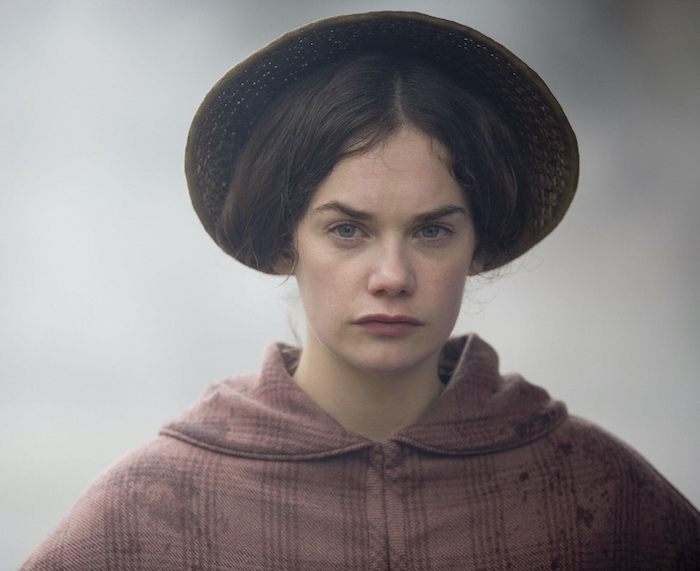
Ah, the idea of movies having a smell is totally fascinating, isn’t it? Makes you wonder if “The Godfather” would smell like Italian herbs and gunpowder, or if “Finding Nemo” would be a burst of salty sea air. And hey, high-five on the love for coffee and croissants! Nothing like a steaming cup of java paired with a buttery, flaky pastry to make any day better.
How finely attuned our senses of smell and taste really are with certain movies! I can’t watch Chocolat without making sure I have cocoa or a chocolate bar in the house ahead of time. I know my mouth will be watering for it!
Excellent insight. And I LOVE the line “your scent is like a drug to me”
Great article. I’m looking forward to remake of Charlie & Chocolate Factory wondering if they will invoke the scents!
I never really thought about how smells are associated with movies, however, it makes total sense. Just looking at the images in this post, I can smells the coffee and putrid smell the ladies are experiencing. Very interesting.
I hadn’t really thought about smells and how they’re conveyed in movies until I read this. Now I’m going to start paying more attention to that and if it’s done well. You’ve given me a new way to watch and experience movies.
Taste and smell are important tools in a writers toolbox. They help engage readers in the story.
I remember on movie went with special boxes with a smell and you could see on the screen a note to open and sniff box number x. it was fun. But generally, you can pretty much imagine the scent seeing it graphically shown on the screen.
I really loved this post. I’ve never thought about it before, but smell and taste are extremely prominent in film.
I always see portrayals of smell and taste in movies, but until I read this, I never really thought about it. Great read.
It’s amazing how a good director can make those sense come alive without us ever noticing them doing it!
Ah, I just quit coffee a week ago…But I imagine hot chamomile tea with real honey that my neighbor makes 🙂 Thanks for sharing your insights. Very interesting.
The right facial expression works wonders to convey a specific smell or taste. There are other ways to get the pleasantness or unpleasantness across and it does make a difference to the viewer.
Love this! It always amazes me how creatively the can translate the senses to the audience in films. Great read
This is so interesting, I’ve never really thought about how directors evoke tastes and smells into us an audience! Really enjoyed reading about this tricks
I think it’s fascinating how filmmakers use every sense to immerse the audience in their story and atmosphere, and smell is no exception. While it’s true that scents are not a significant element in cinema, they can certainly add a layer of realism and depth to a scene when used effectively. I love how the Twin Peaks series captures the taste and aroma of coffee in such vivid language and how the characters’ reactions to unpleasant smells can be palpable and relatable. It just goes to show that the power of storytelling lies not only in what we see and hear but also in what we smell and taste.
Very interesting connection between how smells are associated with movies. Although I hadn’t thought much about it before – very interesting to think on now.
Good books and movies really convey these things — and these are great examples. Such an interesting look at this topic.
That’s amazing! This is one of the most interesting topics! Thank you for sharing this information with me.
This is interesting, first time to know about it but it seems cool. I will share it with my partner to watch it.
So interesting! As long as it’s relatable, we can bring many things to mind. I never really thought about this aspect of films before!
Smelling something related to the film blows my mind. Certainly an experience I need to try.
Interesting topic! I love how this post delves into the intricate world of smell and flavor!